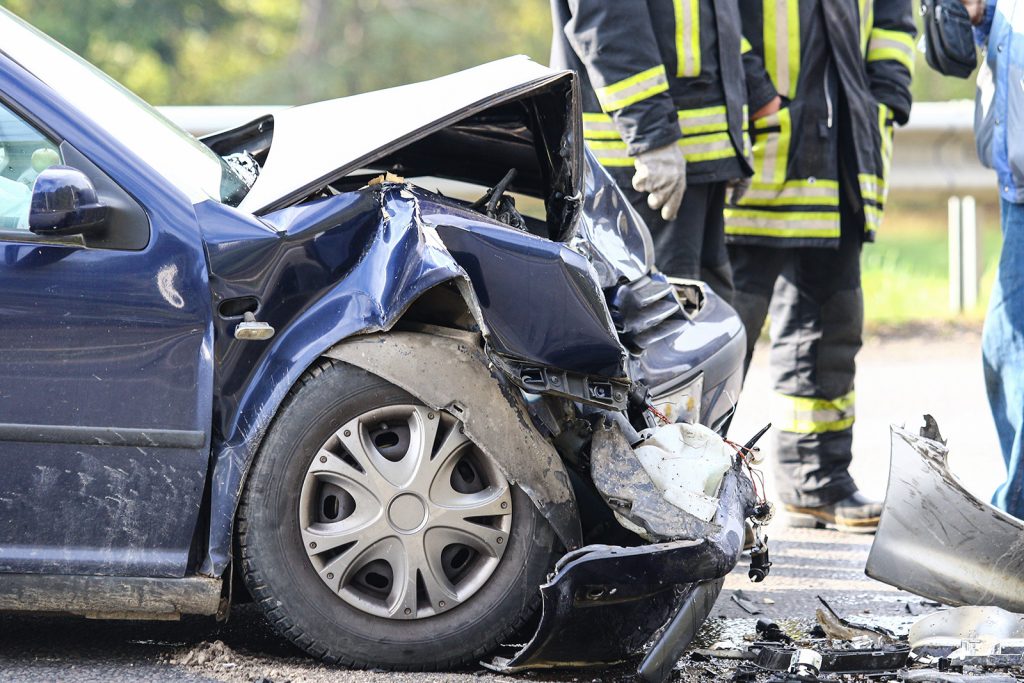At the request of the UN, the European Union is working with a “vision zero” for deaths and serious injuries on the roads in 2050

Traffic accidents are one of the leading causes of external death worldwide. In the European Union, these accidents caused 20,400 fatalities in 2023. And in the world, according to the World Health Organization (WHO), 1.19 million people die in traffic accidents every year. Some studies suggest that every day, in these types of accidents, 600 children lose their lives on a global scale.
Traffic accidents kill one person every two minutes and there are more than 3,200 deaths a day. These accidents continue to be the main cause of death for children and young people [1] between 5 and 29 years old. For the WHO, “they continue to constitute a global health crisis that puts the lives of pedestrians, cyclists and other vulnerable road users at risk.”
90% of deaths occur in low- and middle-income countries, yet the number of fatalities in these countries is disproportionately high compared to the number of vehicles and roads available. Thus, the risk of suffering a fatal accident is three times greater in low-income countries than in high-income countries. However, the former account for only 1% of the world’s motor vehicle fleet.

More than half of the fatalities in traffic accidents are the most vulnerable users of public roads, that is, pedestrians (23%), drivers of two and three-wheeled vehicles such as motorcycles (21%), cyclists (6% ) and users of devices such as electric scooters (3%). Fatalities among occupants of cars and other light four-wheeled vehicles represent 30% of the total.
Faced with this major problem, the United Nations promoted different global strategies that resulted in regulatory frameworks and initiatives to reduce to a minimum the relationship between mobility and accidents on the roads. The UN, in fact, works with a ‘vision zero’ of deaths in accidents by 2050. Before then, by 2030, so in just over five years, the number of deaths must be reduced by half.

New performance indicators
To achieve the first milestone of this strategy, i.e., halving deaths and injuries in traffic accidents before 2030, the European Union has published a document defining the eight new key performance indicators or KPIs to test the level of safety of the four basic pillars of road safety: person, vehicle, infrastructure and post-accident care.
These new key indicators establish a standard for evaluating elements that directly affect road safety and, at the same time, are susceptible to export and exchange of the most successful policies between EU member states. Furthermore, contrary to what has happened until now, the parameters are measured in a positive sense, that is, compliance, instead of violation of the standard, is evaluated in percentage terms.
Among the factors that are measured are excess speed, in which vehicles traveling within the legal limits are counted; the use of seat belts and child restraint systems (CRS); protective equipment, i.e., helmets in the case of cyclists and motorcyclists; alcohol consumption, i.e., the percentage of drivers who get behind the wheel within the legal limits; distractions, in the sense of determining how many drivers do not use phones or other mobile devices while driving.
Vehicle safety is also an indicator, i.e., the rate of passenger cars with a safety rating in EuroNCAP tests equal to or greater than the predefined threshold; safe roads, i.e., the percentage of distance traveled on roads with a safety rating higher than the predefined threshold and, finally, the time elapsed between the call after the accident and the arrival of the emergency services. The Commission’s subsequent assessment of national capacities in each of these aspects will determine the support that each country needs in each of the areas of study.

The decade of action
In 2020, the UN General Assembly adopted resolution A/RES/74/299 on “Improving global road safety”, to mark the declaration of the Decade of Action for Road Safety 2021-2030, which included among its goals to prevent at least half of road traffic deaths and injuries by 2030. WHO and UN regional commissions, in cooperation with other partners of the UN Road Safety Collaboration, developed a Global Plan for the Decade of Action.

The Global Plan emphasizes the importance of a holistic approach to road safety and focuses on aspects such as continuous improvements in road and vehicle design, strengthening laws and their enforcement, and the provision of timely and life-saving emergency care for the wounded. It also reflects the Stockholm Declaration‘s policy to promote mobility on foot and by sustainable or public transport as healthy and sustainable modes of transport.
The progress made during the previous Decade of Action for Road Safety 2011-2020 laid the foundations for accelerated action in this second decade. Some of the achievements are the inclusion of road safety in the global health and development agenda, widely disseminating scientific guidance on what works, strengthening partnerships and networks, and mobilizing resources. The Decade of Action that the world is currently immersed in offers an opportunity to take the successes and lessons of previous years and build on them to save more lives. In the European Union alone, meeting the plan’s objectives would mean saving more than 10,000 lives each year.
Write: Rafa Honrubia